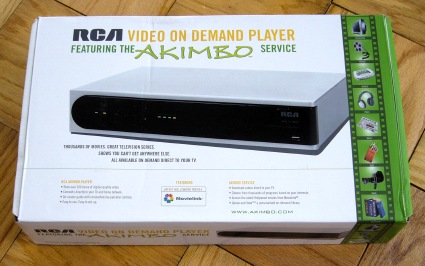One stockholder’s take…
In its Q4 earnings release last week, TiVo stated that its churn had increased to 1.2%/month, up from about 0.9%. We took a closer look at this number and found some interesting results. When we did our financial analysis for ZNF in December, we devoted Appendix A to deriving real churn numbers from the data TiVo has provided. Recall that we found the churn for recurring subscribers to be about 1.38%/month. Also recall that “Lifetime” subscribers do not churn until 1) the end of the four-year period TiVo uses to amortize their revenue, and 2) the box has not contacted the TiVo service for six months. We discovered that Lifetime subscribers exhibited a “bulk churn” (i.e., an immediate churn at the end of the four-year period) of about 19%, and an ongoing churn of the fully-amortized subs of about 1.2% per month. (Both the recurring and Lifetime churn can be bigger than the total churn number TiVo provides because TiVo includes the entire body of lifetime subscribers, including those not fully amortized.)
At the end of Q3, TiVo had 138,000 fully-amortized Lifetime subscribers. At the end of Q4, that number was 166,000. But in the four-year-ago period, TiVo added approximately 50,000 Lifetime subscribers, meaning that without churn, the fully amortized number would have been 188,000. Thus, there were about 22,000 lifetime subscriptions cancelled in Q4. This result requires a significant bump in both bulk and ongoing churn of the Lifetime subscribers (we’re using 27% and 2.2%, but the numbers are interdependent and could therefore be any combination that results in the same total churn).
That leaves 40,000 cancellations of recurring subscribers which, when divided by about 955,000 (average) recurring subs during the quarter, gives us a churn of recurring subscribers of about 1.4%/month – nearly unchanged from the average over the trailing twelve month period.



 Talk about irony… I was drafting a “How To Save Moviebeam” post, when low and behold they’re
Talk about irony… I was drafting a “How To Save Moviebeam” post, when low and behold they’re